Your local Solar Panel
Installation Specialists
Home » Solar Energy
Solar Panels - Changing The World One Property At A Time
Due to various government incentives and grants, householders previously had a strong motivation to install solar power. But these subsidies were phased out, which meant many homeowners found the cost of investing in solar power outweighed the benefits.
However, during the last few years, the small-scale production of heat and electric power (known as microgeneration) has seen significant changes. Now consumers are not limited to using solar power only during daylight hours but can store the power generated during the day to use at night, thanks to modern affordable energy storage systems.
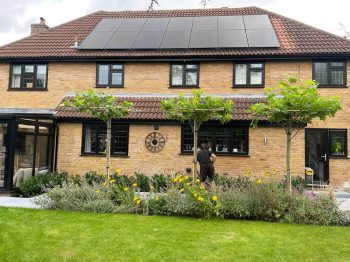
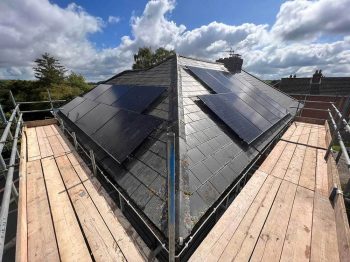
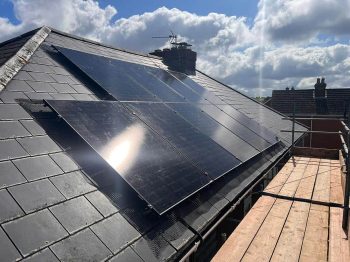
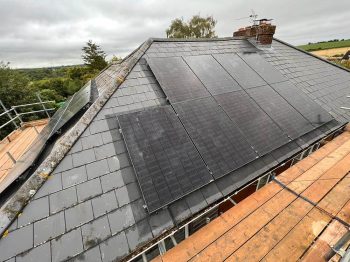
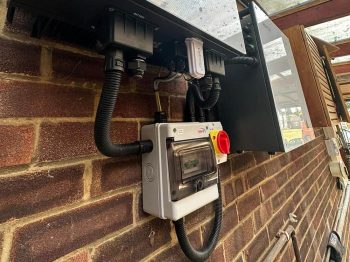
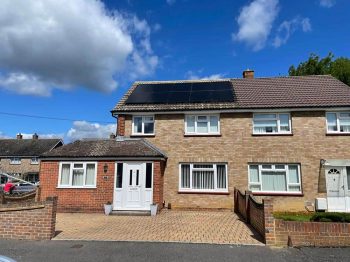
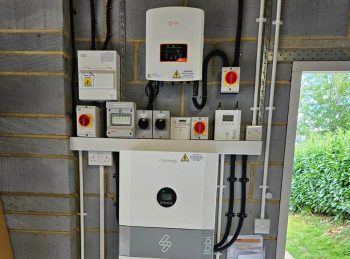
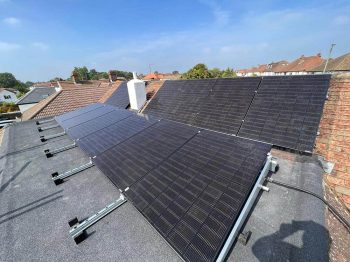
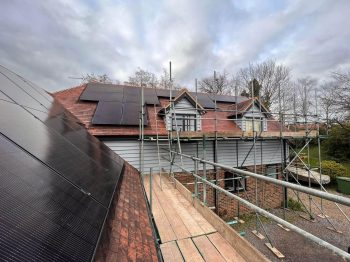
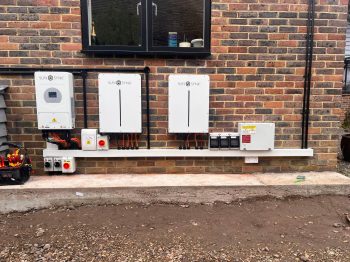
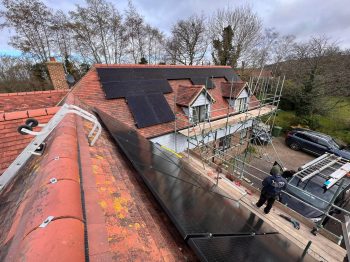
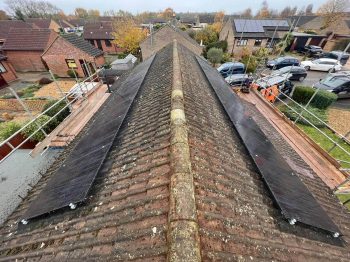
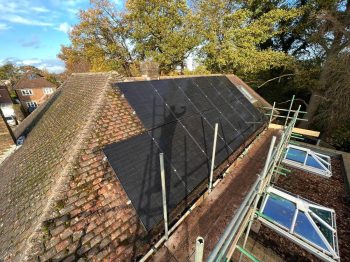
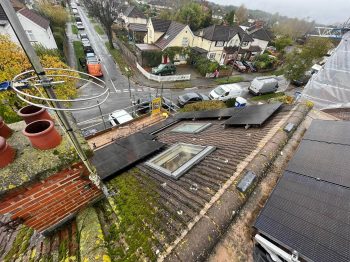
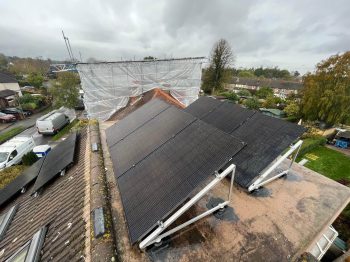
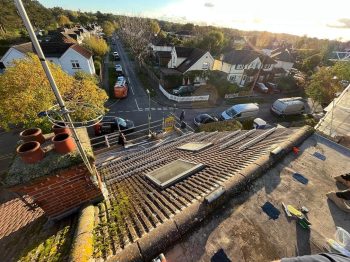
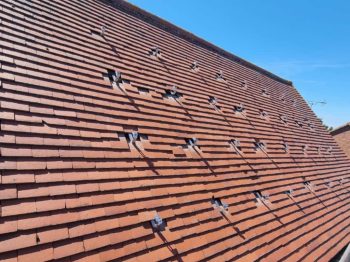
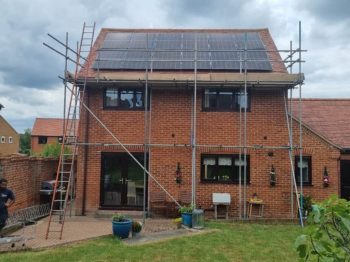
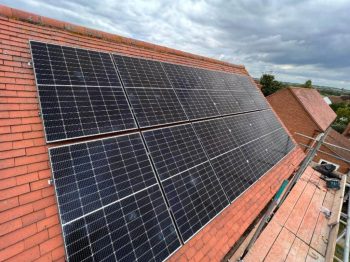
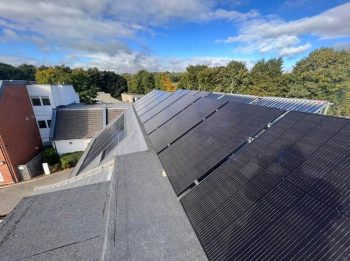
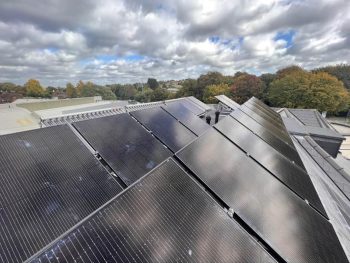
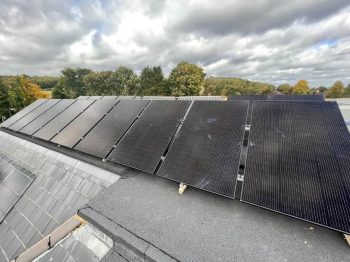
Rising Energy Costs
In April 2022, Europe saw inflation rising to numbers that we haven’t seen for more than 40 years. More than 40% of the inflation increase comes from soaring energy costs.
To help families lower energy bills and improve energy efficiency, the UK government announced in the spring budget that the VAT rate applicable to the installation of energy-saving technologies would be reduced to 0%, from the 1st of April 2022 until the 31st of March 2027. So, a rooftop solar panel installation will cost atleast £1,000 less than before 1st April, besides the savings in annual energy bills.
As solar panels are now mass-produced and cheaper than a decade ago, the benefit of installing panels is firmly back in the consumer’s pocket.
Also, to meet government renewable energy targets within the next ten years, gas boilers for heating and hot water will be banned. This means electrical energy will be our primary resource for heating and hot water.
Solar Panel Options
When installing solar panels, you can opt for a solar panel only solution or a system allowing you to store electricity. Solar panels only are adequate for homes that consume their energy mostly during daylight hours. As the panels produce energy, you use it. This works well for a home that does not consume large amounts of energy and where people tend to go to bed early.
However, a better solution is a storage system for a family who is out of the house most of the day at work or school and uses more energy in the evenings.
Are you worried about your rising energy costs? We could have the answer to recent energy price hikes with EESS.
Benefits of an Energy Storage System
What is Solar Panel Battery Storage?
Battery storage, also known as solar batteries, provide you with a means of storing solar energy via an Electrical Energy Storage System (EESS). The EESS supplies a continuous source of free renewable energy that is not dependent on solar panels alone. The battery extends the life of your solar PV system by storing unused power for use when the panels are not producing electricity, such as at night or during a power cut. This helps reduce grid consumption and can protect your home or business from future energy price increases.
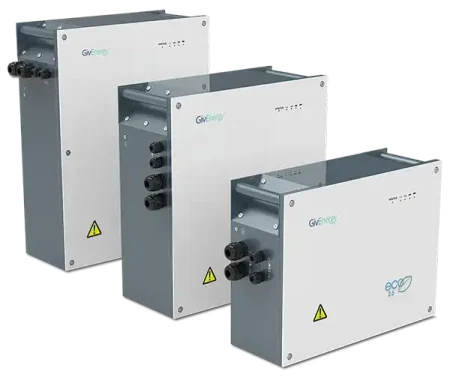
Options for Solar Panel Battery Storage
Advantages of combining battery storage with a solar panel system:
- Conserve energy for later use: Use more solar energy your panels produce. Homeowners can store electricity for use at night.
- You won’t need to use the national grid or an energy provider because you’ll be using stored electricity generated by your solar panels.
- Boost your energy independence: Become self-sufficient from the national grid and expensive energy providers.
- Reduce your carbon footprint: You will become less reliant on the carbon alternative as you consume more renewable energy.
Battery Storage Case Study
A solar energy PV calculator gives you an idea of the benefits you will see from installing a photovoltaic (PV) solar system.
A PV calculator quoted one of our clients he could generate 3,951 kWh of PV electricity a year. This figure looks good at face value, but that is electricity generated during the daylight hours with the peak between 12am to 3pm.
When asked if they would use the whole amount generated at the point of intake, it worked out the household would probably only use around one third, with the rest being fed back into the national grid. We pointed out that all the generated energy could be stored and used with battery storage. This means the 2,500 kWh used by the family during evenings are now sustainable and free.
It’s important to note that if you don’t have a battery bank for the predicted kWh you generate, the government will pay you a rate of 5.5 pence a kWh.
Electrical Energy Storage System FAQs
Savings vary depending on the size of the system and the amount of energy you can produce and use. An average house uses around 3,500kWh annually. The average panel set up in London generates around 3,000kWh. A 5.2kWh battery backup and solar can potentially save up to 85% on electricity bills. Even without batteries, you could save up to 27%.
We have installed solar power battery storage systems in homes and businesses in the Southeast for many years. We guarantee that all work undertaken is to the highest standard. Our projects are fully insured and completed by a team of qualified technicians.
The Journey To Green Energy Is Easy!
STEP 1
You contact us, and we call you to arrange a free survey.
STEP 2
We will come to your home at a time convenient for you and do the survey.
STEP 3
We send you a written quotation.
STEP 4
We come to your home and install your solar panel system.
To get an idea of how much an installation will cost, fill out the short form at the foot of this page for a free quote.
See What We Can Do For You
With solar PV systems starting from £750.00, we try to help you make a difference by making our prices as cheap as possible.
Join us on Facebook for promotions and see our latest installations.
Investing your money into solar panels can generate up to 15% on your investment. That’s a better investment than any bank!
If you’d like to learn more about how our products can help you save energy in your home, get in touch with us today.